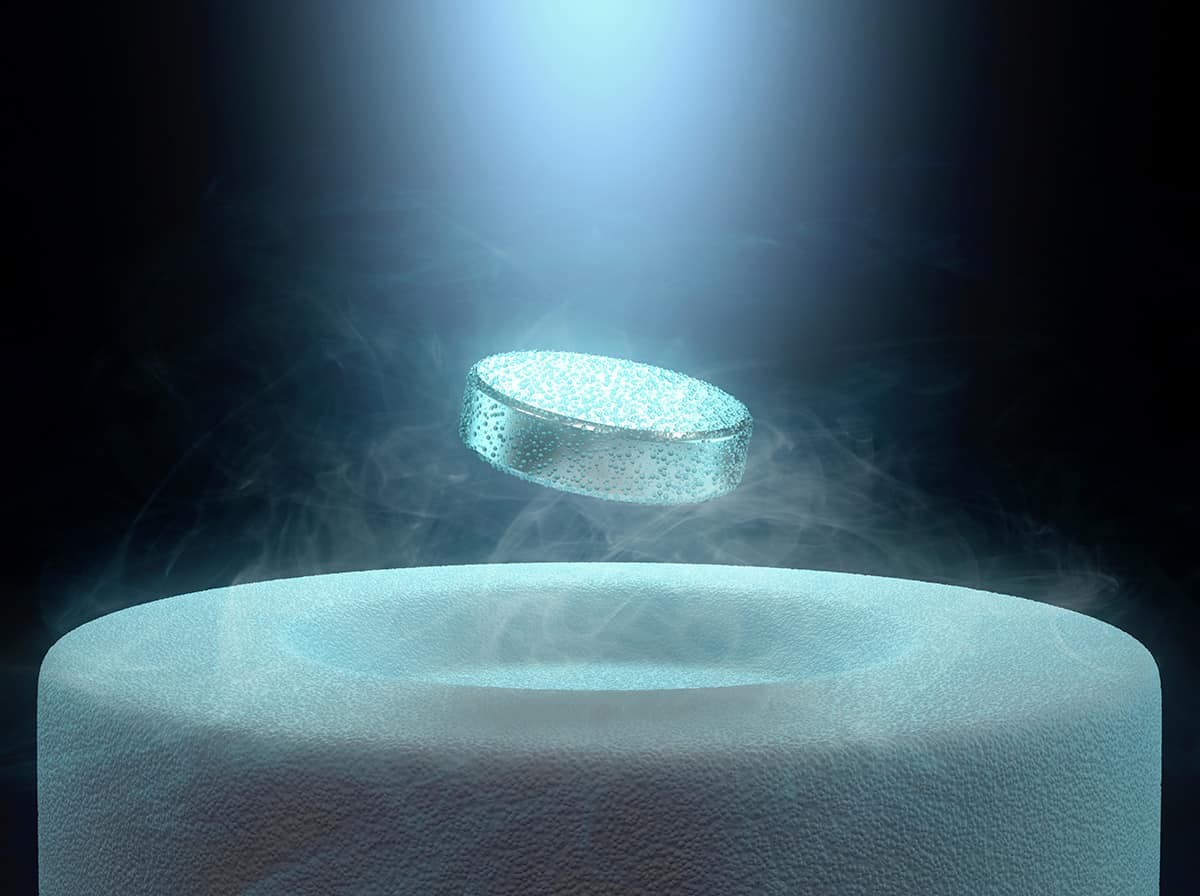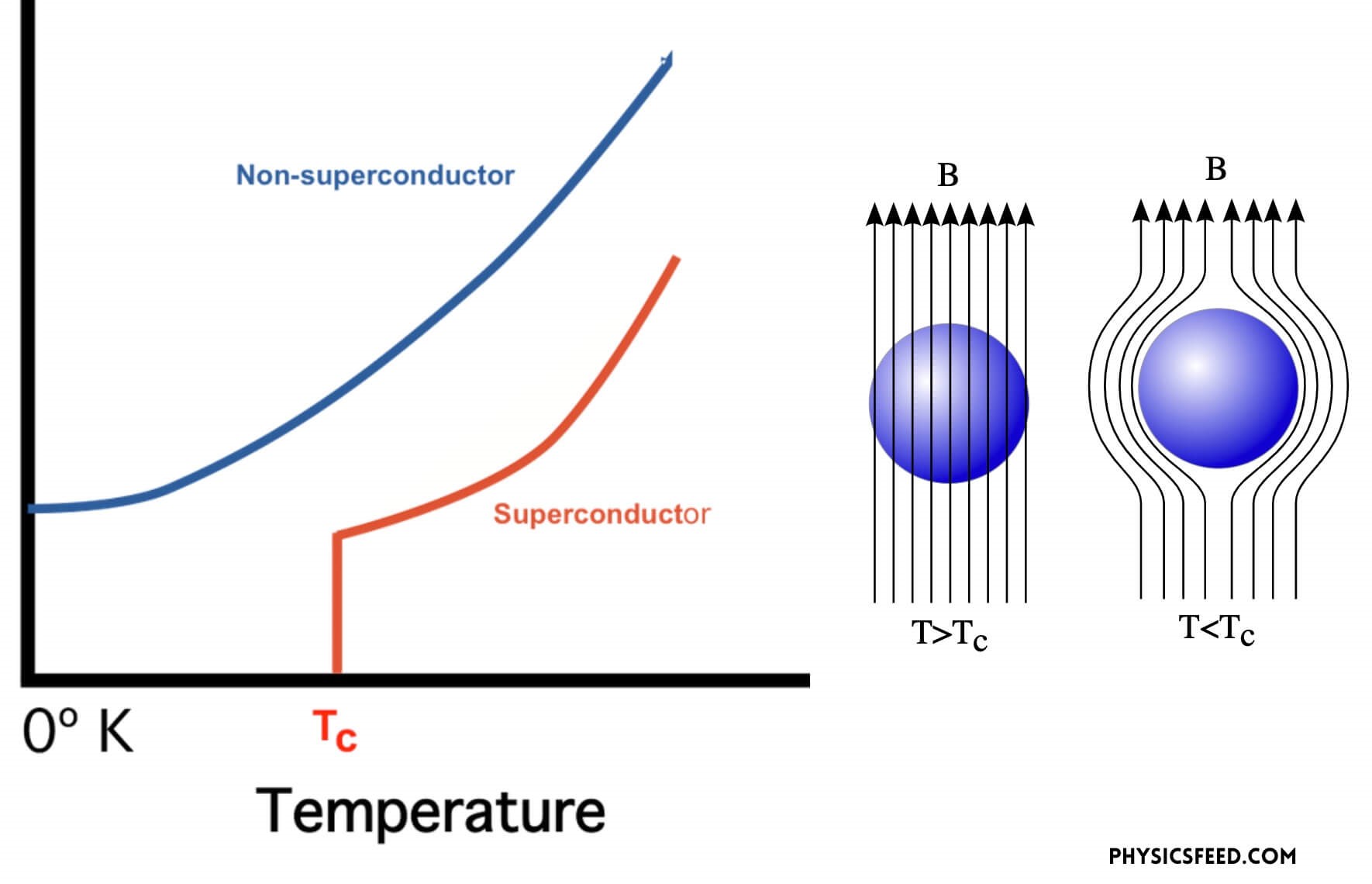
Disclaimer: Copyright infringement not intended.
Context
- Recent claims by South Korean researchers of a lead-based compound showing superconductive properties at room temperature have sparked excitement and skepticism in the scientific community.
Details
- Existing superconductors operate at extreme low temperatures, limiting their widespread application.
Superconductivity Explained
- Superconductivity occurs when materials offer negligible resistance to electric current.
- Resistance in electrical conductivity leads to energy losses and heat generation in appliances.
- Eliminating resistance can lead to more efficient appliances and systems like MRI machines and Maglev trains.
Current Limitations
- Superconductivity is achieved only at extremely low temperatures, close to absolute zero.
- Materials like Mercury, Lead, Aluminum, Tin, and Niobium become superconducting at very low temperatures.
- Some materials exhibit superconductivity at higher temperatures under increased pressure conditions.
The Quest for Room-Temperature Superconductors
- Scientists seek a material showing superconductivity at room temperature and normal pressure conditions.
- Many past claims of room-temperature superconductivity have faced scrutiny and skepticism.
- The South Korean researchers' claim needs more supporting data to be convincing.
Potential Impact of Room-Temperature Superconductors
- Revolutionize technology: Super-efficient appliances, energy transmission, and storage systems.
- Impactful scientific discovery: A Nobel Prize-worthy breakthrough with wide-ranging applications.
- Practical applications: MRI machines, Maglev trains, and many other critical technologies can benefit.

Introduction to Superconductivity
- Definition: Superconductivity is the ability of certain materials to conduct electric current with zero resistance when cooled below a critical temperature.
- History: Superconductivity was first observed by Heike Kamerlingh Onnes in 1911 when he cooled mercury to extremely low temperatures.
- Critical Temperature: Each superconducting material has a specific critical temperature below which it exhibits superconductivity.
Phenomena and Properties
- Zero Resistance: Superconductors have zero electrical resistance, leading to the lossless flow of electric current.
- Meissner Effect: Superconductors expel magnetic fields from their interior when they transition into the superconducting state, resulting in the levitation of magnets above them.
- Persistent Currents: Superconducting loops can maintain current flow indefinitely once established, as there is no energy dissipation due to resistance.

Types of Superconductors
- Type I Superconductors: They exhibit a sudden transition from normal to superconducting state at the critical temperature. Examples include lead and mercury.
- Type II Superconductors: They have a mixed state with both normal and superconducting regions below the critical temperature. Examples include niobium-titanium and yttrium-barium-copper-oxide (YBCO).
Applications of Superconductors
- Magnetic Resonance Imaging (MRI): Superconducting magnets are used in MRI machines, providing high-resolution images for medical diagnostics.
- Particle Accelerators: Superconducting magnets are essential components of particle accelerators like the Large Hadron Collider (LHC).
- Magnetic Levitation (Maglev) Trains: Superconducting materials enable frictionless movement of trains, reducing energy consumption and increasing speed.
- Electricity Transmission: Superconducting power cables can carry electricity with minimal loss, improving efficiency in power distribution.
Challenges and Limitations
- High Cooling Costs: Many superconducting materials require extremely low temperatures to maintain the superconducting state, which can be costly.
- Fabrication and Material Challenges: Some high-temperature superconductors are difficult to fabricate in large quantities.
- Magnetic Field Limitations: Strong magnetic fields can sometimes suppress superconductivity.
Current Research and Developments
- High-Temperature Superconductors (HTS): Research is ongoing to discover and develop superconducting materials that can operate at higher temperatures, making them more practical for various applications.
- Quantum Computing: Superconducting circuits are used in quantum computing due to their ability to represent qubits effectively.
Economic and Environmental Implications
- The adoption of superconducting technologies can lead to significant energy savings, reducing greenhouse gas emissions and environmental impact.
- The superconducting industry has the potential to stimulate economic growth through technological innovation and the development of new applications.
Future Prospects
- The discovery of new superconducting materials and the advancement of existing ones may revolutionize various technologies and industries, enhancing their efficiency and performance.
Conclusion
The discovery of a room-temperature superconductor could revolutionize technology and lead to significant advancements in various fields. While skepticism remains due to past claims, the potential benefits are immense, making it a sought-after and groundbreaking scientific endeavor.
MUST READ ARTICLES:
https://www.iasgyan.in/daily-current-affairs/superconductivity
|
PRACTICE QUESTION
Q. Discuss the significance of the possible discovery of a room-temperature superconductor on technology and its potential impact on various sectors. (250 Words)
|

https://indianexpress.com/article/explained/explained-sci-tech/room-temperature-superconductivity-elusive-holy-grail-8872945/





